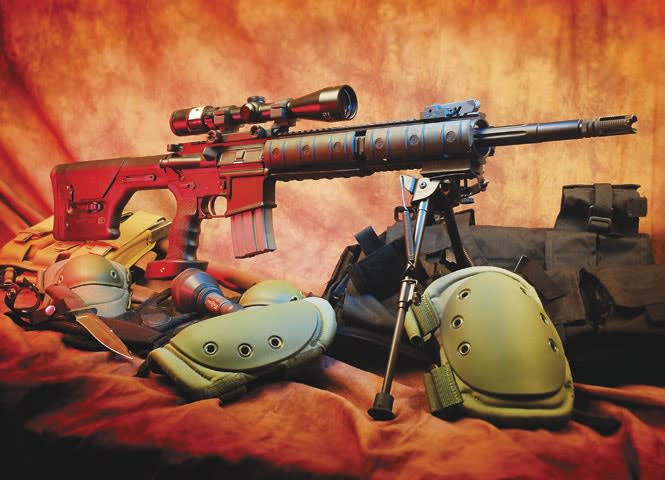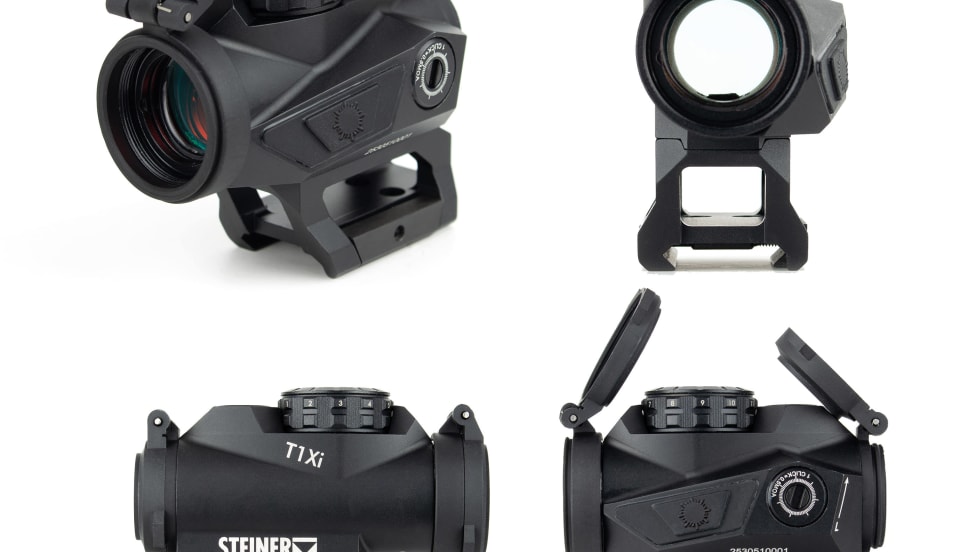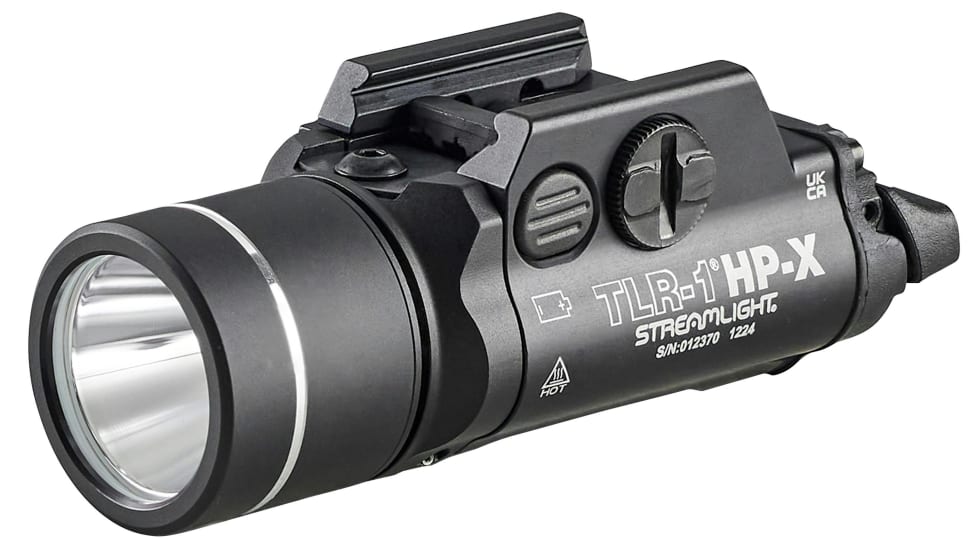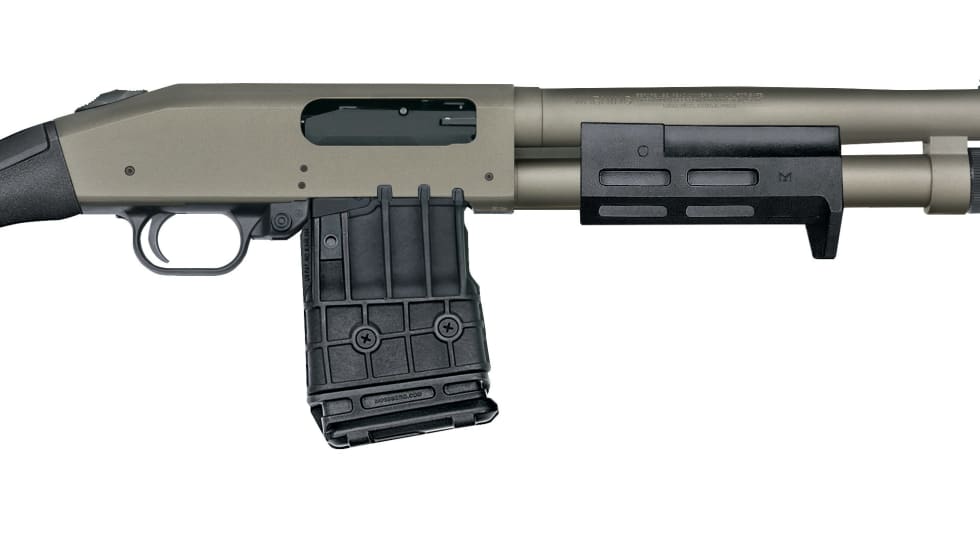Before shooting the rifle at the range, I took stock of its accessories. As part of the Mini SASS package, DPMS includes a Harris Swivel Series Bipod with nine- to 13-inch adjustment attached to the bottom rail with a Command Arms adaptor. While this is a fine setup for field shooting, I was going to do all of my accuracy testing from a cement bench using a rifle rest for support. I fired all of my groups from a seated rest, five shots to a group, and did not allow the barrel to cool between shots.
For accuracy testing I mounted a Trijicon 3-9x40 AccuPoint scope. I used an Armalite scope mount and, unfortunately, the rear of the scope sat too low and required that I remove the detachable Mangonel rear sight. Using a scope with extended eye relief would have cured this problem, as would taller rings. Of course, the Armalite mount can be easily and quickly removed in an emergency and the rear sight could be attached in just seconds.
I like the clarity of the Trijicon AccuPoint and find the brilliance of the amber-aiming chevron to be just what my aging eyes need. Its eyepiece is adjustable for focus and the brightness level of the aiming point is also adjustable. In low-light situations its tritium backup ensures you'll never lose your aiming point. I took an IPSC cardboard target and put 12 one-inch target pasters on it so that I wouldn't have to walk down range and change targets continually. I fired all groups with the scope set on its 9-power magnification.
I fired a variety of loads through the Mini SASS and was very pleased with the results. Black Hills 69-grain Match King turned in the single best five-shot group; it measured just .63 inches center to center. Hornady's 75-grain BTHP TAP also recorded a respectable group at just .66 inches, but what really surprised me was Black Hills' 50-grain V-Max group that printed a .82-inch group. I would have guessed that the projectile was too light to be stabilized with that degree of accuracy from a 1:8-inch barrel.
Throughout the T&E I was impressed with the Mini SASS' trigger pull. Even though my trigger gauge read 4.5 pounds, it was so crisp that it actually felt much lighter. DPMS uses the excellent JP trigger on the Mini SASS and it has very little take up and virtually no overtravel.










